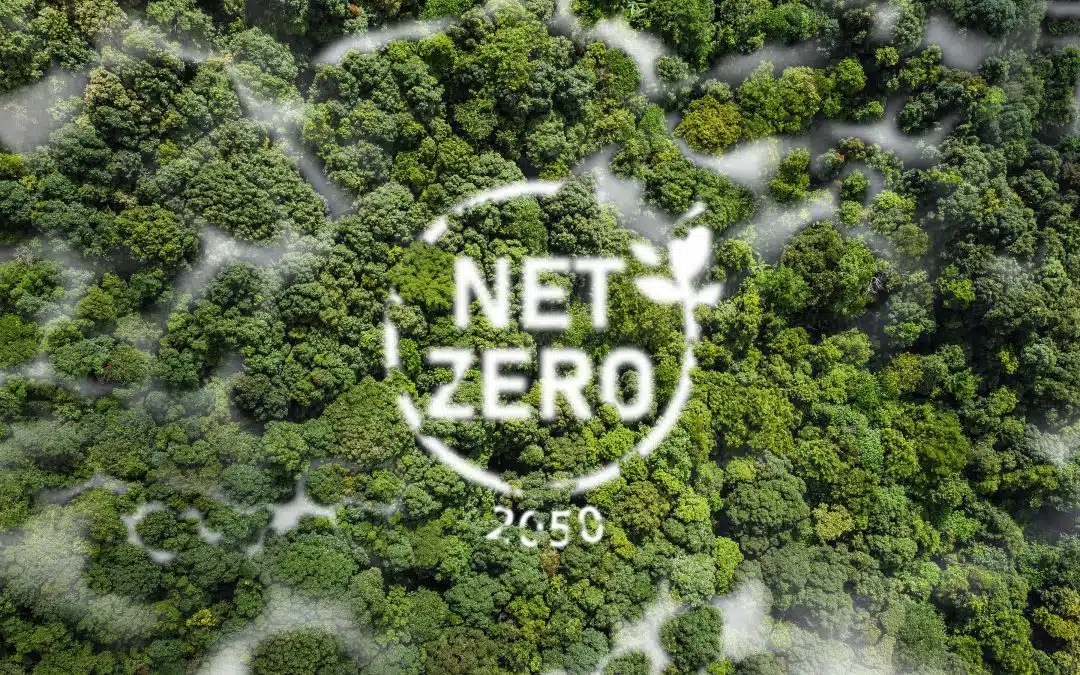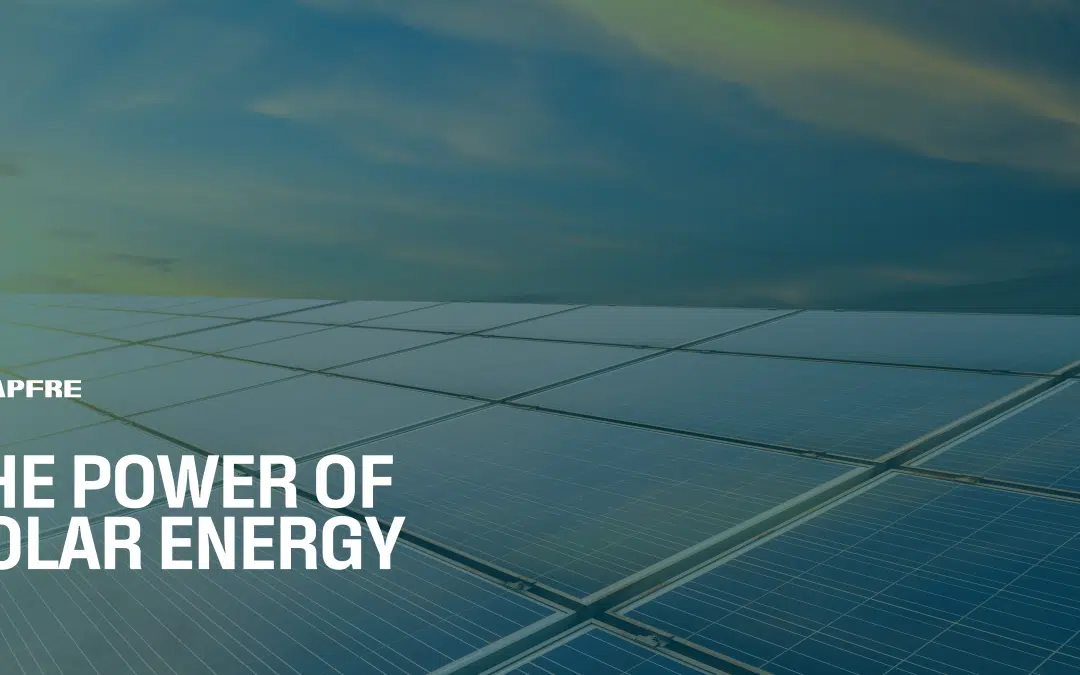Despite repeated reports to the contrary, oil is not about to run out in the world, so the energy transition will be based on cost savings and concern for the environment.
The challenge of curbing climate change is on the agenda of governments and supranational organizations around the world. The European Union itself has set its goal of phasing out fossil fuel energy sources by the year 2050. But is this purely based on environmental factors?
The answer is no. In addition to protecting the environment, another reason is cost savings. In other words, renewable energies are cheaper (the megawatt per hour cost is a bit lower than that of nuclear power plants and much lower than that of combined-cycle power plants) for both the producer and the final consumer. In addition, as it is less polluting to begin with, there are fewer health risks in the population, which in turn results in considerable savings. For example, the European Commission estimates that the health care savings would total around 200 billion euros per year.
The end of oil?
The major victims of this process will be oil-producing and oil-exporting countries. However, the first question that comes up when this energy transition is considered is whether it is happening because gas or oil is running out in the world.
After all, this is one of the biggest fears that have preoccupied the energy industry over the last five decades. For a long time, there has been speculation on when humans will have extracted all the oil (and natural gas) from the ground and will no longer have a source of energy as powerful as this viscous liquid. However, this event is far from becoming reality and the forecasts made in the past were completely misguided, given the world’s remaining crude reserves.
Oil continues to drive the world
According to the World Factbook report by the CIA in the United States, there could be some 2.1 trillion barrels left in the world. And, at present, demand for oil isn’t slowing down. According to independent energy trader Vitol, this will be the case until 2034, which will be a turning point in moving toward alternative energies.
And in 2020, because of the COVID-19 pandemic, oil consumption declined considerably. The Organization of Petroleum Exporting Countries (OPEC) estimated the drop in crude consumption at 6.85 million barrels a day, totalling 92.82 million barrels. It stated that the COVID-19 pandemic “is now affecting oil demand growth in most other countries and regions, with an unprecedented impact on global oil demand, transportation fuels in particular.”
Continual technical improvements
Beyond the sudden halt caused by less travel around the world due to lockdown policies, the consumption trend of energy sources such as oil and natural gas continues to rise, despite all its disadvantages for the environment and, as a result, for humans as well.
This has been possible due to new extraction techniques such as fracking, which have made it possible to reach reserves that hadn’t been considered before. This innovation made such an impact that Spencer Dale, group chief economist of BP oil company, noted that “for every barrel of oil consumed over the past 35 years, two new barrels have been discovered.” This figure and the fact that there were 2.5 times more oil reserves in 2017 than in 1980 show that, despite what has been reported, oil still has a long way to go.
This statement coincides with remarks by Antonio Suárez, who holds a Master’s degree in Geophysics from Stanford University and a Master’s degree in Finance from the University of London, in an interview given to La Opinión A Coruña, in which he offered an expiration date on using black gold: “I would say between 20 and 40 years. And it’s an economic issue. The Stone Age didn’t end because we ran out of stones. And oil will not end because we run out of oil. That is a sensationalist claim used by people with particular interests in futures markets who are playing with unfounded fears and ignorance.”
A rapid change
So, given that oil and gas could continue to be used in the next few decades, continuing at today’s pace (which would cause the temperature to rise more than two degrees—according to Oil Change International—and result in the serious climate change consequences that are already being experienced), the challenge of increasingly encouraging the use of renewable energy seems complicated. The reason is none other than the power that congregates around this bituminous oily liquid and that has even led to war (the Yom Kippur War, the Gulf War and so on), the fall of governments, etc.
In this scenario, commitments such as the 2015 Paris Agreement are extremely important. Through this agreement, the EU, among other countries and confederations, announced their intention to reduce their polluting emissions by up to 40 percent by 2030, an achievement that will only be possible if they are genuinely committed to renewable energy.
In this respect, as we mentioned before, savings can be a convincing incentive. According to a report by IRENA (The International Renewable Energy Agency), Europe could save up to 113 billion euros a year simply by increasing sustainable energy production by 14 percent. In terms of environmental impact, one example use for this type of energy is particularly noteworthy. According to a study by the Universities of Cambridge, Exeter and Nijmegen, electric cars generate up to 70 percent less pollution than combustion engines.



